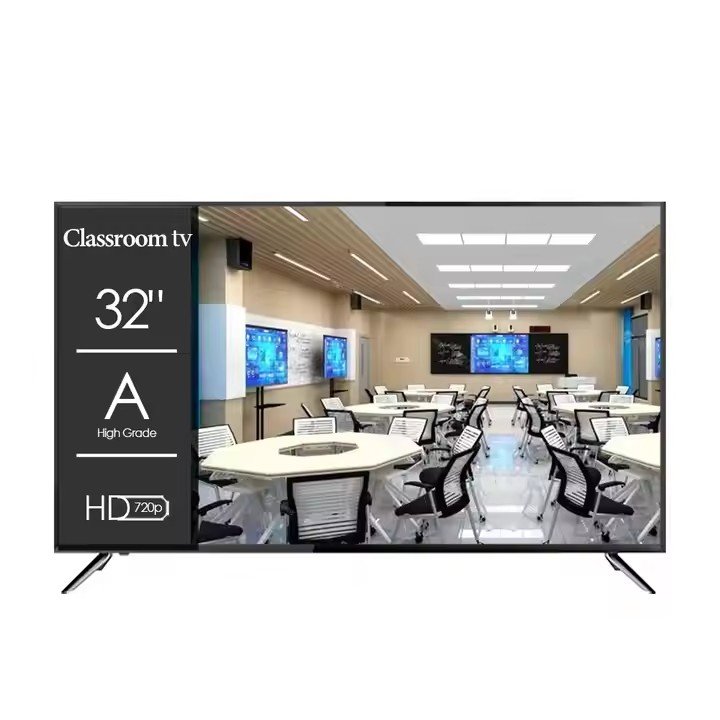Smart TVs enhance education through interactive lessons, hybrid learning support, and campus-wide communication. They enable multimedia teaching tools, remote accessibility, and real-time information sharing, fostering engagement and operational efficiency in schools

Smart TVs bridge gaps in hybrid learning by supporting video conferencing tools like Zoom and Microsoft Teams. Rural schools with limited internet access use offline modes—teachers preload lessons onto USB drives or SD cards for playback. For instance, LG webOS TVs in India’s “Digital Classrooms” program stream prerecorded lectures from NGOs. In universities, lecture halls equipped with 85-inch 4K displays broadcast live seminars to global students, with chat functions displayed alongside slides. Teachers utilize screen recording to archive sessions for revision. Parent-teacher meetings also leverage smart TVs to share student portfolios securely. Additionally, AI-powered translation apps on TVs provide real-time subtitles for non-native speakers, enhancing accessibility.


Schools deploy smart TVs as centralized information hubs. In cafeterias and lobbies, digital signage (e.g., LG SuperSign) displays real-time event schedules, emergency alerts, and cafeteria menus. Athletic departments use them to livestream sports events or showcase player stats. Libraries integrate smart TVs with catalog systems—students scan book covers to view summaries on-screen. For staff, TVs in faculty lounges show professional development webinars or policy updates. Sustainability initiatives are promoted via looped videos on energy-saving tips. Some schools install weatherproof outdoor TVs for campus-wide announcements. Analytics tools track content engagement, helping administrators refine messaging strategies.
Experience the latest in smart technology with our top-rated products, designed to elevate your digital lifestyle.
Explore in-depth articles, technical guides, and industry trends to enhance your understanding and innovation journey with us.